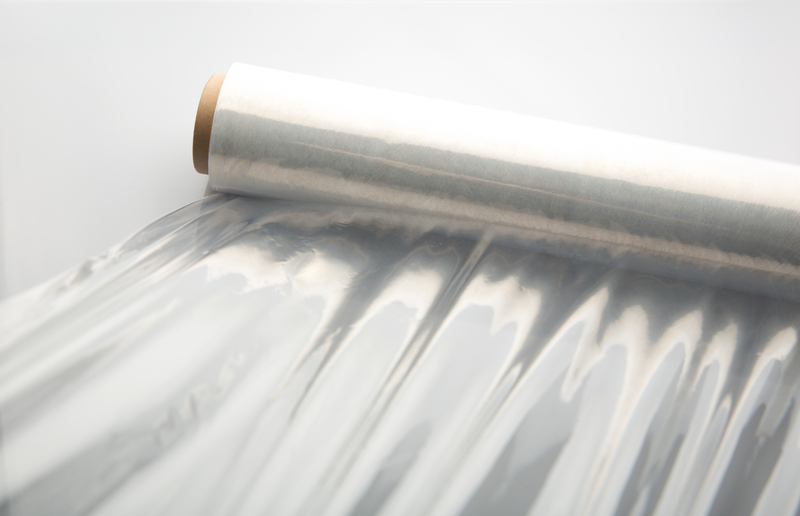Hardwood Floor Gap and Scratch Fixes
Hardwood floors add a touch of elegance and warmth to any home. However, over time, they can develop gaps and scratches that can detract from their beauty. Thankfully, these issues can be fixed with some know-how and the right tools. This article will guide you through effective solutions for fixing gaps and scratches in hardwood floors.
Understanding Hardwood Floor Gaps
Gaps in hardwood floors can occur due to changes in humidity and temperature, causing the wood to expand and contract. These gaps not only affect the appearance but can also collect dirt and debris.

How to Fix Hardwood Floor Gaps
Method 1: Using Wood Fillers
Wood fillers are a quick and easy solution for small gaps. Follow these steps:
- Clean the gap thoroughly to remove any dust or debris.
- Apply wood filler using a putty knife. Ensure the filler is slightly above the floor level.
- Let the filler dry according to the manufacturer's instructions.
- Sand the excess filler to make it level with the wooden floor.
Method 2: Using Rope or String
This method is effective for larger gaps:
- Choose a natural fiber rope or string that matches the color of your floor.
- Push the rope firmly into the gap using a putty knife.
- Cut off any excess rope using a sharp knife.
- Apply a finish or stain to match your flooring if necessary.
Understanding Hardwood Floor Scratches
Scratches in hardwood floors are common in high-traffic areas or from moving furniture. Depending on the depth of the scratch, there are different methods to address the issue.
How to Fix Hardwood Floor Scratches
Method 1: Using a Wood Stain Marker
This is ideal for minor surface scratches:
- Choose a wood stain marker that matches your floor color.
- Clean the scratched area to remove any debris.
- Apply the marker along the scratch, following the wood grain.
- Wipe off any excess stain with a clean cloth.
Method 2: Sanding and Refinishing
For deeper scratches, sanding and refinishing the affected area is more effective:
- Sand the scratched area gently with fine-grit sandpaper.
- Wipe away any dust with a clean damp cloth.
- Apply a matching wood stain using a soft cloth.
- Once dry, apply a polyurethane finish to protect the area.
Tips for Preventing Hardwood Floor Gaps and Scratches
- Maintain consistent indoor humidity levels using a humidifier.
- Use rugs or mats in high-traffic areas.
- Place felt pads under furniture legs to prevent scratches.
- Avoid dragging heavy objects across the floor.
- Regularly clean and maintain your hardwood floors using appropriate products.
Pros and Cons of Fixing Hardwood Floor Gaps and Scratches
Pros:
- Improves the aesthetics and longevity of your hardwood floors.
- Prevents further damage and accumulation of dirt in gaps.
- Increases the value of your home.
Cons:
- Some methods require time and effort.
- Incorrect application can cause further damage.
- Material costs can add up, especially for larger repairs.

Takeaways
- Identify the cause of gaps and scratches to select the appropriate fix.
- Use wood fillers for small gaps and natural fiber ropes for larger ones.
- Wood stain markers are great for minor scratches, while sanding and refinishing are best for deep scratches.
- Prevent future damage with consistent maintenance and protective measures.
Conclusion
Hardwood floors are an investment worth protecting. By understanding how to fix gaps and scratches, you can maintain the beauty and functionality of your flooring. Whether using wood fillers, ropes, stain markers, or refinishing techniques, the right method can make your hardwood floors look as good as new. Remember to take preventive steps to minimize future damage and enjoy the timeless appeal of your hardwood floors.



